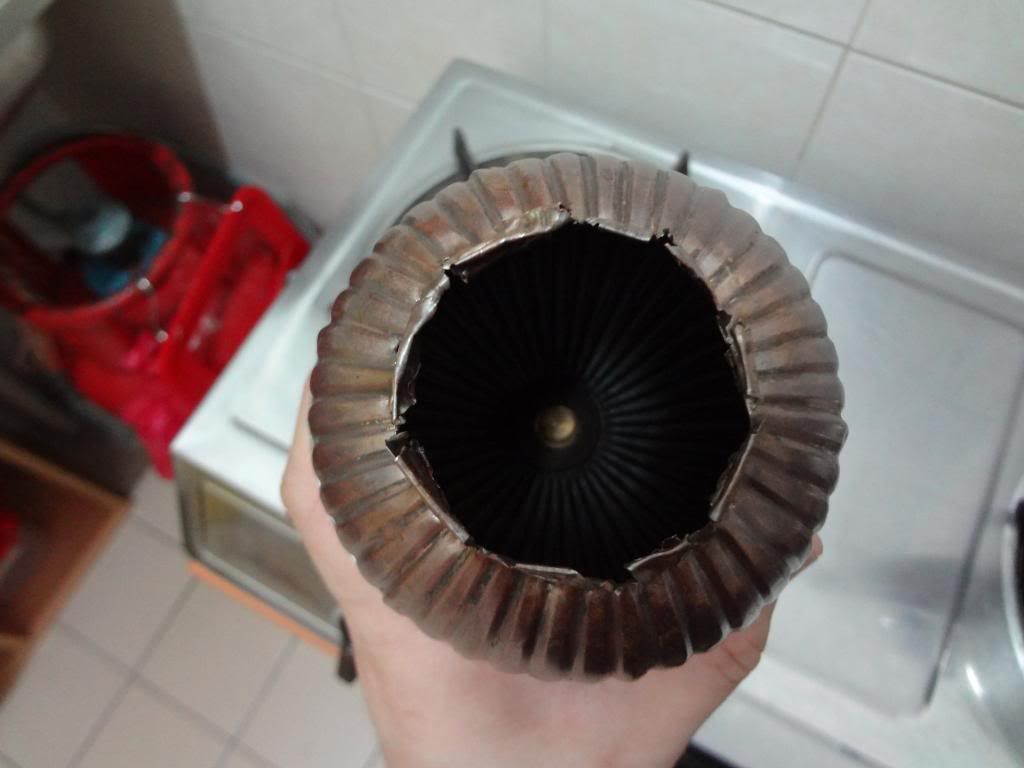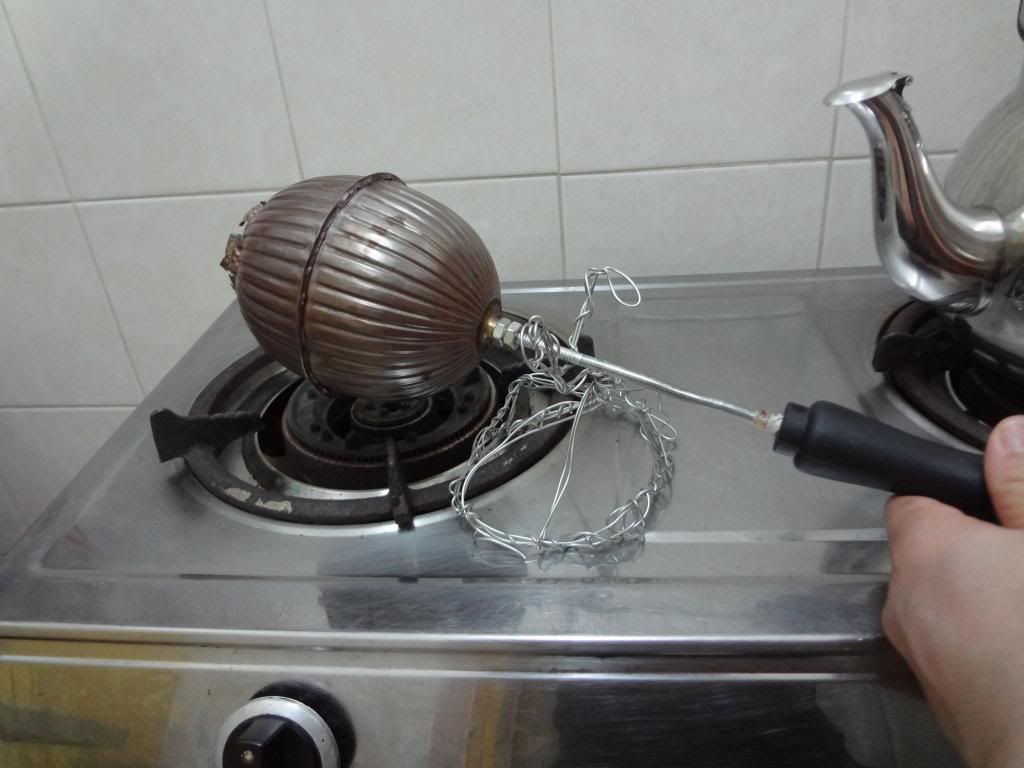The goodies:
- Excellent cleaner press-style coffee
- Minimal sludge at bottom
- A nice piece of shiny eye-candy
- Insulate the coffee well so you can sip for an hour with coffee still warm
- Cleans easier than the small-sized Espro Press
The not so nice:
- Still retains plenty of coffee
- Pricey, very pricey
- Concern of mesh screen durability
I loved Espro Press for its ability to deliver a cleaner (less gritty) cup of press pot coffee, without much effort. If you're using a cheapo french press, the grittiness in cup will be very noticable and it's a huge jump to Espro Press. But if you're coming from one of the better made French Press with fine mesh screen, the difference is there but not extremely apart. Coupled that with the shiny beautiful stainless steel, it's a fun and stylish coffee press to use.
Compared to small Espro Press (10oz) I have used previously, the only difference I noted was the ease of cleaning. The bore of the medium Espro Press is larger that you can fit your hand for scrubing the internal. Whereas with the small Espro Press, you need a brush or sort to clean the inside of the vessels. Basically, that's the only difference I could notice for now.
Coffee retention. Yes. It's still here and you will still find a pool of coffee liquid beneath the filter when you're cleaning. Espro claims coffee retention was reduced, maybe it did. But there's still about 40-100ml of coffee left behind if you just use the Espro Pot as is. This does remind me of why I sold the smaller Espro Press in the first place. Nonetheless, if the coffee retention does bother you, like it does for me, you can do the pumping maneuver to get most of the coffee out.
Espro Pull
Somebody shared a video over coffeegeek forum about a Espro Pull method. Basically, it's similar to the concept used on French Press to obtain a cleaner cup. Instead of pressing, you push the filter down, before adding hot water and coffee. After you add coffee and water, the filter screen is lifted up (Pull) to remove the ground coffee. I tried this using the Espro Press, and wow. It yielded a superly clean cup of coffee. Very much like pour over coffee. Too clean in fact for my liking. What comes as a surprise is when brewed this way, the coffee retention on the Espro Press is ZERO. Tarak! I liked this method for the zero retention but didn't like the too-clean coffee.
Conclusion
So the Espro Press is still not a perfect French Press for me. But since bill's been paid, and quite expensive at that, I may choose to keep it to brew a clean cup of Press Pot coffee whenever I feel too lazy to break out my Portaspresso.












































